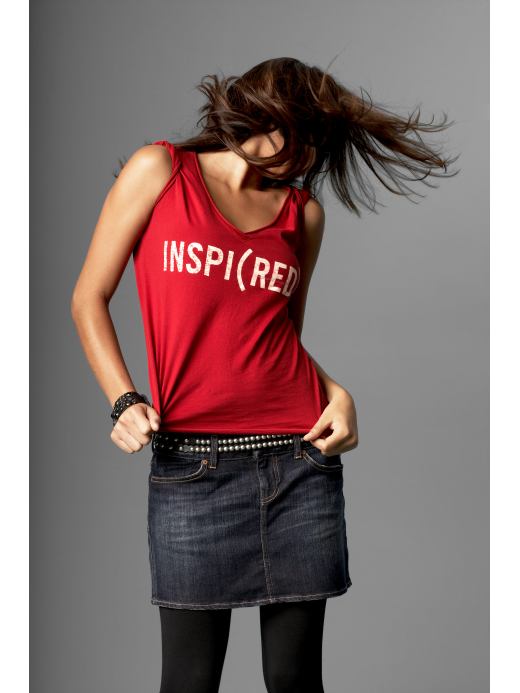Sugar:
• Cane
• Powdered
• Crystal
• Syrup
• Granulated
How can granulated sugar be manipulated?
• Combined with cream of tartar (acidic salt) and a small amount of water to make wet sand consistency
• Molds well, much like building a sandcastle (form to mold and immediately pop out to let air set the mixture)
• Very fast process but takes a level of finesse, requires many trials and patience
• Successful in simple molds but also has ability to form thin sheets that diffuse light nicely
• Need to find a way to mix something else in or coat end product in such a way to increase durability and prevent crumbling edges.
Manipulated even further:
• Can I combine Elmer’s water soluble glue with water before adding to the sugar-tartar mixture to increase durability of end product?
~ Requires more liquid mixture because glue makes it thicker
~ Tougher to mix but not bad at all
~ Makes molding slightly easier
~ Compare durability to plain water compound
• I know combining
iron oxide with the dry mixture will result in a nice brown shade in the end product, but is there any other way to pigment the sugar?
~ Tried adding drops of black ink to mixture after it was removed from the mold.
~ Will try watered down food coloring to make a colored frosted glass effect.
Can the same process be applied to
salt?
• Requires more water
• Much more difficult to mold and shape
• Take pigment nicely (iron oxide)
• Crumbles while forming
• EXTREMELY delicate and crumbly when set
• Overall unsuccessful
Milk:
Can manipulate to extract casein, which is a base ingredient in many paints and plastics.
• Simmer milk
• Add vinegar and stir
• Strain mixture to collect clumps of casein
• Squeeze out excess vinegar
• Press in mold or flatten to sheet
• Let dry several days
Observations:
• Experienced significant shrinkage
• Smells unpleasant
• Becomes very stiff and mildly water-repellent
• Sheet warps while drying- nice organic shapes but not controllable
• Opaque
Manipulate further:
• Added
iron oxide to milk before adding vinegar to attempt a pigment- worked well but made end product look like beef jerky
• Tried regular vinegar vs. apple cider vinegar
~ Apple cider vinegar extracted casein much faster
~ Overall prefer cider vinegar
• Attempted to process on a screen like handmade paper
~ Very unsuccessful
~ Bonded to screen very quickly, ruining both plastic and screen















